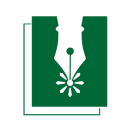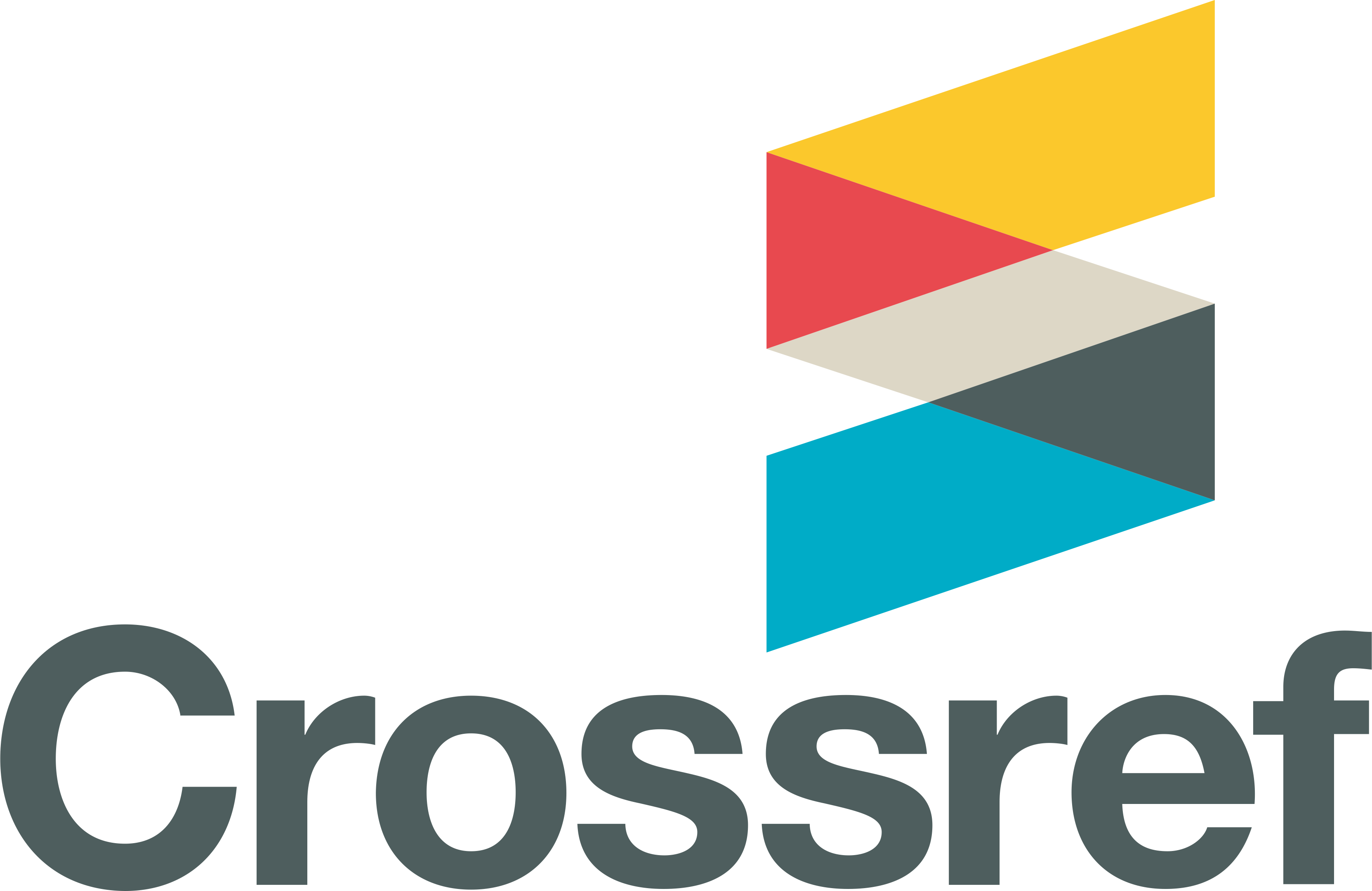Gastropod Community and Coliform Contamination in Langihan Lagoon: A Call for Improved Sanitation Management
DOI:
https://doi.org/10.54610/jeseg.v7i1.132Keywords:
Man-made lagoon, pollution, public market, bioindicatorsAbstract
Freshwater ecosystems in urban areas are increasingly threatened by biological contamination and declining water quality, posing risks to biodiversity and public health. Survey and inventory of gastropods in Langihan Lagoon, Butuan City, Philippines and the examination of snail’s coelomic contents were conducted. Total coliform counts and basic physico-chemical features of the lagoon were also assessed. Results revealed a total of 1,389 freshwater snail individuals from five species (Pomacea canaliculata, Gyraulus sp., Melanoides maculata, and Mieniplotia scabra) from four families. Artificial shedding and dissection of the snails’ body cavity showed the absence of any cercaria. However, sporocysts, hookworm eggs and two species of bdelloid rotifers (Rotaria sp. and Philodina sp.) were isolated from P. canaliculata. Physico-chemical parameters from all study stations were within the standard limits except the high salinity and low DO levels during dry season and the low pH during wet season assessment. Total coliform tests indicate the highest probable presence of coliform (>1,6000 MPN/100mL) from all stations across seasons which imply high risk of exposure to coliform-associated diseases when in contact with the lagoon water. Improved management of the lagoon to improve water quality and reduce the coliform contamination in the area is recommended.
References
APHA. (1992). Standard Methods for the Examination of Water and Wastewater. 18th ed. American Public Health Association (APHA), American Water Works Association (AWWA) and Water Pollution Control Federation (WPCF). Washington DC p12-27.
Azzam, K.M. (2013. Effect of some Rotifers on the Embryonic Development and Mortality of Biomphalaria alexandrina (Ehrenberg). Egyptian Journal of Biological Pest Control 23(2): 319-323
Azzam, K. & Tawfik, M.F. (2015). Effect of Some Rotifers on Terrestrial Snails and Slugs. Fourth International Conference of Eco-friendly Applied Biological Control of Agricultural Pests and Phytopathogens ,19-22 October ,2015,Cairo,Egypt, (ESBCP) Egyptian Journal of Biological Pest Control 25(3): 581-586.
Beran, L. & Horsak, M. (2011). Habitat requirements and distribution of Gyraulus rossmaessleri (Gastropoda: Planorbidae) in Northwestern Bohemia. Journal of Conchology. 40(5):509-513
Boadi, K.O. & Kuitunen, M. (2002). Urban waste pollution in the Korle Lagoon, Accra, Ghana. Environmentalist 22:301-309
Boadella, J., Butturini, A., Compte, J., Gionchetta, G., Perujo, N., Quintana, X. D., & Romaní, A. M. (2021). Different microbial functioning in natural versus man-made Mediterranean coastal lagoons in relation to season. Estuarine, Coastal and Shelf Science, 259, 107434.
Bunnag, T., Thirachandra, S., Impand, P., Vorasanta, P., & Imlarp, S. (1983). Schistosoma incognitum and its zoonotic potential role in Phitsanulok and Phichit provinces, northern Thailand. SE Asian J Trop Med 14 (2): 163-170.
Brown, D.S. (1994). Freshwater snails of Africa and their Medical importance. 2nd Ed. London: Taylor and Francis. 608p
Chontananarth, T., & Wongsawad, C. (2010). Prevalence of Haplorchis taichui in Field-Collected Snails: A Molecular Approach. Korean Journal of Parasitol 48(4): 343-346.
Correa, A.C., Escobar, J.S., Durand, P., Renaud, F, David, P., Jarne P., Pointier, J.P. & Hurtrez-Boussès S. (2010). Bridging gaps in the molecular phylogeny of the Lymnaeidae (Gastropoda: Pulmonata), vectors of Fascioliasis. BMC Evolutionary Biology 10(1):1-12
DAO 2016-08. Water Quality Guidelines and General Effluent Standards of 2016. http://water.emb.gov.ph/wp-content/uploads/2016/06/DAO-2016-08-WQG-and-GES.pdf
Damborenea C., Brusa, F., Paola, A. (2006). Variation in worm assemblages associated with Pomacea canaliculata (Caenogastropoda, Ampullariidae) in sites near the Río de la Plata estuary, Argentina. Biocell 30(3): 457-468.
Damborenea, C., Brusa, F.,& Negrete L. (2017). Symbionts and diseases associated with invasive apple snails. In: Biology and management of invasive apple snails. JOSHI RC, COWIE RH, SEBASTIAN LS eds. Philippine Rice Research Institute (PhilRice), Maligaya, Science City of Muñoz, Nueva Ecija. p. 73-97
DBL-WHO. (1998). A field guide to African Freshwater snails. Danish Bilharziasis Laboratory. Charlottenlund, Denmark: WHO collaborating Centre for Applied Malacology
Esteves, F.A., Caliman A., Santangelo, J.M., Guariento, R.D., Farjalla, V.F., & Bozelli, RL.(2008). Neotropical coastal lagoons: An appraisal of their biodiversity, functioning, threats and conservation management. Brazilian Journal of Biology. 68(4): 967-981.
Estaño, L. A., & Jumawan, J. C. (2023). The prevailing infection of Schistosoma japonicum and other zoonotic parasites in bubaline reservoir hosts in the ricefield of lake ecosystem: the case of Lake Mainit, Philippines. Parasitology, 150(9), 786-791.
Fitria, Y., Fitrani, M., Nugroho, R. Y., & Putri, W. A. E. (2023). Gastropods as bioindicators of heavy metal pollution in the Banyuasin estuary shrimp pond area, South Sumatra, Indonesia. Acta Ecologica Sinica, 43(6), 1129-1137.
Giannelli, A., Cantacessi, C., Colella, V., Dantas-Torres, F, & Otranto, D. (2016). Gastropod-Borne Helminths: A Look at the Snail–Parasite Interplay. Trends in Parasitology 32(3): 255-264.
Kjerfve, B. (1994). Coastal lagoon processes. In: Coastal lagoon processes. Vol. 6. KJERFVE B. Ed. Amsterdam, The Netherlands: Elsevier. Elsevier Oceanography Series p. 1-8.
Lv, S., Zhang, Y., Liu, H. X., Hu, L., Yang, K., Steinmann, P., & Zhou, X. N. (2009). Invasive snails and an emerging infectious disease: results from the first national survey on Angiostrongylus cantonensis in China. PLoS neglected tropical diseases, 3(2), e368.
Madsen, H. & Frandsen F. (1988). The spread of freshwater snails including those of medical and veterinary importance. Acta Tropica. 46 (3): 139-146
Marsollier,I. Sévérin, T., Aubry, J, Merritt, R.W., Saint André J.P., Legras, P., & Cole, S.T. (2004). Aquatic snails, passive hosts of Mycobacterium ulcerans. Appl Environ Microbiol 70(10): 6296-6298.
May, L. (1989). Epizoic and parasitic rotifers. Hydrobiologia 186/187:59-67.
Mossallam, S.F., Amer E.I., & Abou-el-Naga, I.F. (2013). New scope on the relationship between rotifers and Biomphalaria alexandrina snails. Asian Pacific Journal of Tropical Biomedicine 3(8): 595–603.
Opisa, S., Odiere, M.R., Jura, W.G., Karanja, D.M., & Mwinzi, P.N. (2011). Malacological survey and geographical distribution of vector snails for schistosomiasis within informal settlements of Kisumu City, western Kenya. Parasite Vectors 4:226.
Palmer, T., Montagna, P.A., & Kalke, R.D. (2008). Benthic Indications of the Initial Effect of Opening a Channel at Packery Channel. Environmental Indicators 3:205-206.
Rodrigo, M. A., Martín, M., Rojo, C., Gargallo, S., Segura, M., & Oliver, N. (2013). The role of eutrophication reduction of two small man-made Mediterranean lagoons in the context of a broader remediation system: effects on water quality and plankton contribution. Ecological engineering, 61, 371-382.
Sri-aroon, P., Butraporn, P., Limsomboon, J, Kerdpuech, Y., Kaewpoolsri, M., & Kiatsiri, S. (2005). Freshwater mollusks of medical importance in Kalasin Province, northeast Thailand. SE Asian Journal of Tropical Medicine 36(3):653-657.
Tujan, M.A., Angelica, A., Fontanilla, I.K.C., Paller, V.G.V. (2016). Vectors and spatial patterns of Angiostrongylus cantonensis in selected rice-farming villages of Muñoz, Nueva Ecija, Philippines. J Parasitol Res.2016:1-7
UNEP/WHO.1996. Microbiological Analyses. In: Water Quality Monitoring - A Practical Guide to the Design and Implementation of Freshwater Quality Studies and Monitoring Programmes. Bartram J, Ballance R. Eds. United Nations Environment Programme and the World Health Organization
Vega, I.A, Damborenea, M.C., Gamarra-luques, C., Koch, E., Cueto, J.A., & Castro-Vazquez A. (2006). Facultative and obligate symbiotic associations of Pomacea canaliculata (Caenogastropoda, Ampullariidae). Biocell 30(2): 367-375
Vitousek, P.M., Aber, J.D., Howarth, R.W., Likens, G.E., Matson, P.A., Schindler, D.W., Schlesinger, W.H., & Tilman, D.G. (1997). Human alteration of the global nitrogen cycle: Sources and consequences. Ecological Applications 7(7): 737-750.
Downloads
Published
How to Cite
Issue
Section
Categories
License
Copyright (c) 2025 Antonette Libot, Ayesha Dollano, Joycelyn Jumawan

This work is licensed under a Creative Commons Attribution-NonCommercial 4.0 International License.








